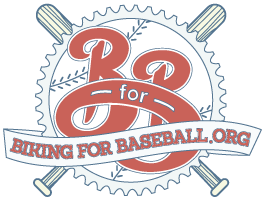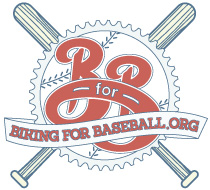Fixies vs. Freewheels
Single speed bikes are becoming incredibly popular with urban bike commuters. The advantages are great because single speed bikes are generally much cheaper, lighter, and mechanically simpler than multi-geared bikes. This simplicity creates much better drive train efficiency; a straight chainline and lack of chain drag from rear derailleur jockey pulleys are what improves the efficiency. Also, without complex deraillerus, there are fewer parts that require maintenance, which allows for the capability to commute in the city in all weather.
The two main types of single speed commuter bikes are fixed-gear, or fixies, and freewheel single speed bikes. The only small difference is with the rear hub. Freewheel bikes have a mechanism that allows for the wheels to spin without the pedals moving.* With fixies, the sprocket is threaded directly to a fixed rear hub meaning when the rear wheel turns, the pedals turn in the same direction.
*In automotive engineering, the freewheel is a device in the transmission that disengages the driveshaft from the driven shaft when the driven shaft rotates faster than the driveshaft.
Fixies vs. Freewheels is a major decision when buying a commuter bike. The continual rotation of the pedals when the bike is moving is something that may take some time to get used to on a fixie, but once that is mastered has to be a rewarding experience. Also
descending any significant gradient is more difficult with a fixie because the rider must spin the cranks at high speed to keep up with the rotation of the wheels. Considering some riders do not use brakes on their fixies, which could be used to slow the bike down on a downhill, this can be dangerous if you aren’t used to it.
Fortunately, it is possible to have both. Flip-flop hubs are rear hubs that are threaded to accept fixed sprockets and freewheels on either side. Removing the rear wheel and flipping it around allows the rider to switch between the two options. The gear ratios are slightly different on either side, but using a flip-flop hub creates many more options and can make your bike more versatile.
Other than commuting, fixed-gear bikes are used for track cycling in a velodrome. Here’s Jim Caple’s take on the coolest fixed-gear race I’ve ever been to, Indiana University’s Little 500. Some road cyclists use a fixed-gear bicycle for training during the winter months, generally using a low gear ratio to help develop good pedaling style. That is what I’m doing in preparation for Biking for Baseball’s trip next summer. We’ll be sure to keep everyone updated with our training schedule on facebook and twitter. So be sure to follow us, and let us know how you are training this fall and winter.


